- EasyCard
- Trade
- Help
- Announcement
- Academy
- SWIFT Code
- Iban Number
- Referral
- Customer Service
- Blog
- Creator
2025 USDT International Remittance User Experience In-Depth Analysis: Real Feedback on Speed and Risks
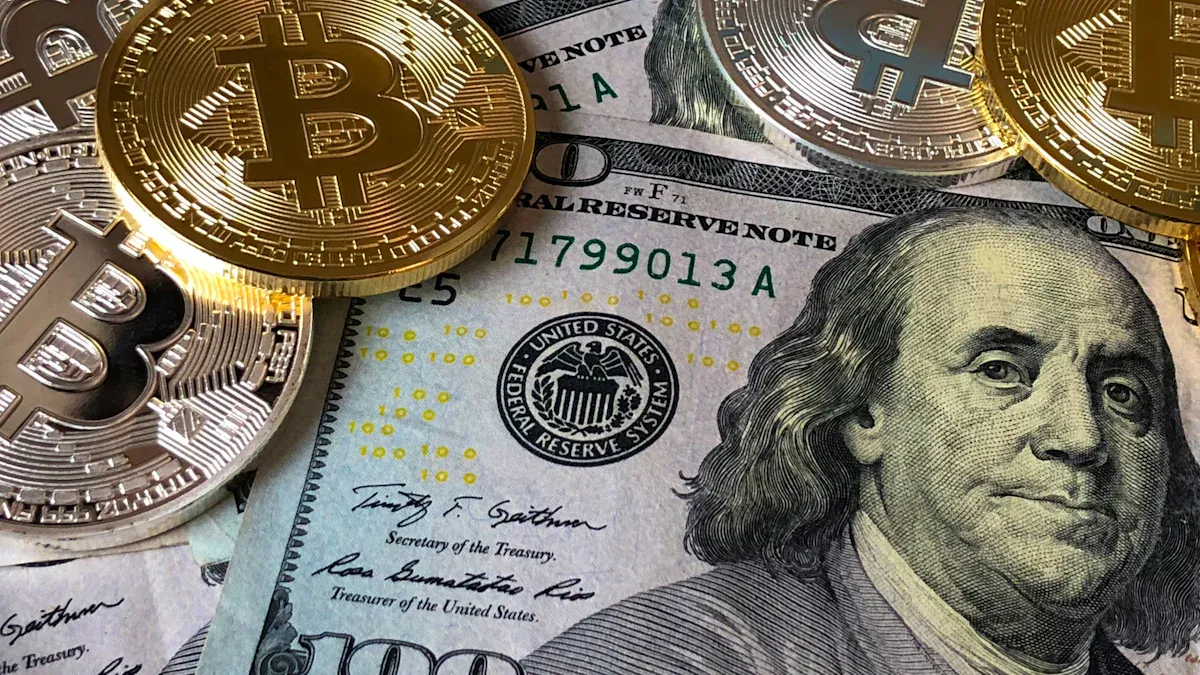
Image Source: pexels
Stablecoin (USDT) international remittances provide arrival speeds unmatched by traditional banks. However, this efficiency also brings operational complexity and multiple fund risks. Users must face potential challenges while enjoying convenience. The latest data shows that the adoption rate of stablecoin remittances is growing.
- As of April 2025, 26% of US remittance users have adopted stablecoins for transactions.
- Stablecoins provide value pegged 1:1 to the USD, helping recipients hedge local currency fluctuations.
This article aims to objectively analyze its actual performance in speed, cost, and security based on a large amount of real user feedback. It does not promote any solution, only providing readers with comprehensive decision-making basis.
Key Takeaways
- USDT international remittances are fast and low-cost but operationally complex with high risks.
- The actual speed and cost of USDT remittances depend on the chosen blockchain network and C2C transaction spreads.
- USDT remittances have multiple risks, including scams, fund loss, price fluctuations, and regulatory issues.
- Before choosing USDT remittances, you need to understand digital currency knowledge and be willing to bear risks.
- To safely use USDT remittances, you need to choose reliable platforms, carefully verify addresses, and pay attention to tax issues.
Core Advantages of USDT Remittances: Speed and Convenience
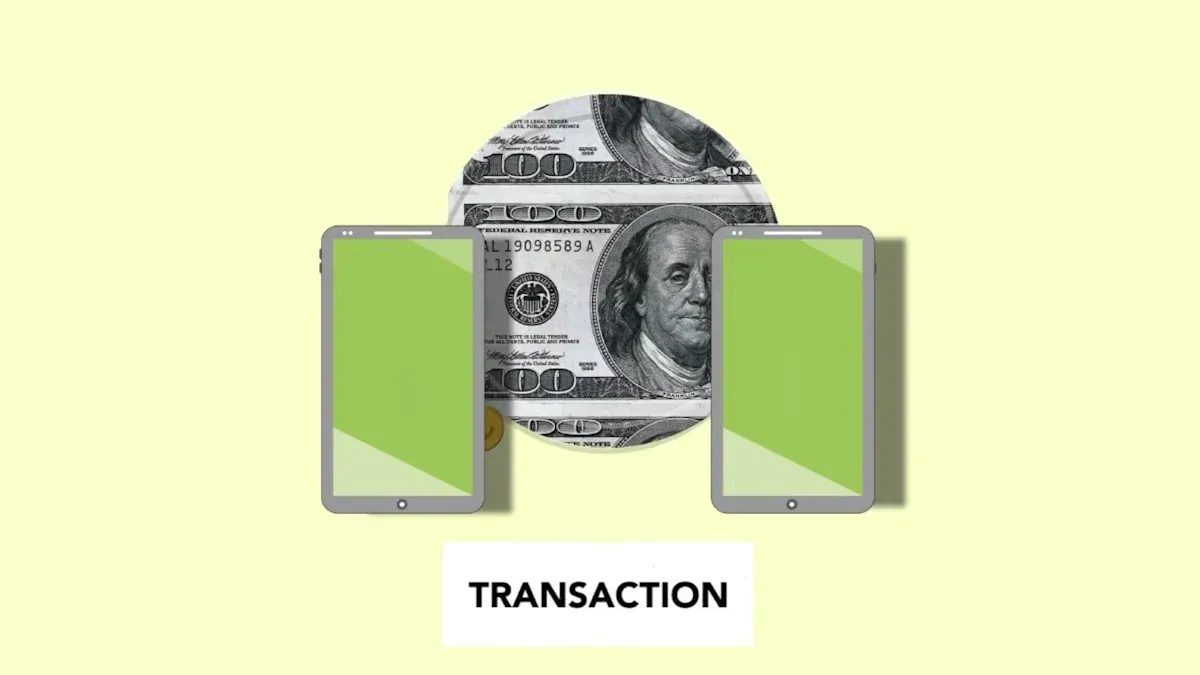
Image Source: pexels
For users pursuing efficiency, the biggest attraction of stablecoin (USDT) international remittances is undoubtedly its superior speed and all-day convenience. It breaks many restrictions of traditional financial systems, providing a new paradigm for fund flows. However, this advantage is not without cost; users need to understand the underlying mechanisms and potential challenges while enjoying convenience.
Real Arrival Speed: From Minute-Level to Hour-Level
In theory, USDT transfers are almost instant, but actual arrival time is affected by multiple factors, with experiences ranging from “minute-level” to “hour-level.”
The core influencing factor is the blockchain network chosen by the user. Different networks process transactions at vastly different speeds.
Transfer Speed Differences Across Networks User feedback shows that TRC-20 USDT transfers based on the Tron network offer the best experience, with transactions usually confirmed in seconds to one minute, very suitable for time-sensitive small payments. In contrast, ERC-20 USDT based on the Ethereum network typically takes 5 to 10 minutes to confirm, and can extend to over 30 minutes during high network congestion.
| Network | Exchange Estimated USDT Transfer Time |
|---|---|
| TRC-20 (Tron) | Less than 1 minute |
| BEP-20 (Binance Smart Chain) | 1 - 2 minutes |
| Solana | Less than 1 minute |
| ERC-20 (Ethereum) | 5 - 10 minutes (up to 30 minutes during peak) |
In addition to the network itself, other delay factors cannot be ignored:
- Exchange Processing Time: First-time withdrawals or large transfers may trigger internal compliance checks by exchanges (such as AML anti-money laundering reviews), leading to manual reviews and adding delays from minutes to hours.
- Network Congestion: When transaction volume surges on a blockchain network, all transactions need to queue for processing, significantly extending confirmation time.
- Improper Gas Fee Settings: If the “network fee” (Gas Fee) paid by the user is too low, the transaction may be ignored by validators and remain unprocessed for a long time.
Operational Process Experience: Pros and Cons of De-Intermediation
USDT remittances bypass intermediate links of traditional banks, achieving point-to-point value transfer. This process gives users great autonomy but also brings higher operational thresholds and risks.
A complete operational process usually includes the following four steps:
- Fiat Deposit: Users purchase USDT using local fiat (such as USD) through the exchange’s C2C (Customer-to-Customer) market or third-party payment channels.
- Conversion and Holding: Purchased USDT is stored in the user’s exchange account or personal digital wallet.
- Withdrawal and Transfer: Users withdraw USDT from their account and send it to the USDT address provided by the recipient.
- Recipient Cash-Out: After receiving USDT, the recipient sells it on the local C2C market to exchange for local fiat.
The advantages of this model (pros) are:
- 7x24 Hours Availability: Transactions are not restricted by bank working days or holidays and can be initiated anytime.
- Simplified Process: No need to fill out cumbersome wire transfer forms or explain fund purposes to banks.
However, its disadvantages (cons) are equally prominent, with users’ negative feedback mainly focusing on the following points:
Warning: Operational Errors May Lead to Permanent Fund Loss Blockchain transactions are irreversible. Once funds are sent, any error cannot be undone. The most common mistakes by new users include:
- Address or Network Selection Errors: Sending TRC-20 tokens to an ERC-20 address or mistyping a character in the address will cause permanent fund loss.
- Forgetting to Reserve Gas Fees: When transferring from a personal wallet, native network tokens are needed to pay fees. For example, transferring TRC-20 USDT requires a small amount of TRX, and ERC-20 USDT requires ETH. Without native tokens, the transaction cannot proceed.
- Encountering Dishonest C2C Merchants: In fiat entry/exit links, there may be risks of fund freezing or fraud.
Comprehensive Cost Analysis: Are Fees Really Lower?
Many users are attracted by the “low [handling fees](https://cn.biyap
ay.com/help/96-post-Remittance-function/351-post-How-much-is)” of USDT remittances, but comprehensive costs are not just the network transfer fee. Total costs consist of multiple parts and in some cases may even be higher than traditional methods.
Total Cost = On/Off-Ramp Premium + Network Transfer Fee + Trading Slippage + Platform Service Fee
- On/Off-Ramp Premium (On/Off-Ramp Spread): This is the main “hidden cost.” In C2C markets, the price to buy USDT is usually higher than the real-time exchange rate (buy premium), and the sell price is lower than the real-time rate (sell discount). The spread between buying and selling constitutes the core exchange cost.
- Network Transfer Fee (Gas Fee): This is the fee paid to blockchain network validators for processing your transfer. TRC-20 network fees are extremely low, usually under 1 USD; ERC-20 network fees fluctuate greatly, possibly from a few dollars to tens of dollars.
- Trading Slippage: During market fluctuations or large volumes, the final execution price may slightly differ from expected, causing minor losses.
- Platform Service Fees: Some exchanges charge small fixed fees or proportional fees for withdrawals or C2C transactions.
For a more intuitive comparison, we take remitting 1,000 USD from the US to a Southeast Asian country as an example to calculate comprehensive costs of different methods:
| Remittance Method | Handling/Network Fee | Exchange Loss/On/Off-Ramp Spread | Estimated Total Cost | Arrival Time |
|---|---|---|---|---|
| USDT (TRC-20) | ~1 USD | 1% - 3% (~10 - 30 USD) | 11 - 31 USD | 10 minutes - 1 hour |
| Traditional Bank Wire | 25 - 45 USD | 0.5% - 2% (~5 - 20 USD) | 30 - 65 USD | 1 - 3 business days |
| Western Union | 5 - 15 USD | 2% - 5% (~20 - 50 USD) | 25 - 65 USD | Minutes to 1 day |
Conclusion: When choosing low-fee TRC-20 networks and finding C2C merchants with reasonable spreads, USDT does have cost advantages in small remittances. But if high on/off-ramp spreads are included, its total cost advantage quickly diminishes and may even exceed traditional methods.
Main Risks of Stablecoin (USDT) International Remittances

Image Source: unsplash
Although USDT remittances show advantages in speed and cost, multiple risks lurk beneath the halo that cannot be ignored. Users enjoying de-intermediation convenience also means shouldering full responsibility for asset security. Once problems occur, effective recourse is often lacking.
Fund Security Warnings: Analysis of Common Loss Cases
Fund security in the digital world is far more complex than traditional banking systems. Any user negligence can lead to irreparable losses. Real user feedback reveals several high-incidence fund loss scenarios.
1. New Types of Phishing and Scams
Scammers constantly upgrade technical means, exploiting human weaknesses and operational habits for attacks.
Case Warning: Address Poisoning Scam A typical case is a Czech company losing over 50,000 USD in USDT due to “address poisoning”. Scammers created a wallet address extremely similar to the company’s commonly used recipient address (only the first and last characters match) and sent a tiny USDT transfer to the company. This transaction record appeared in the company’s wallet history. When the finance staff habitually copied the address from transaction history for the next large remittance, funds were mistakenly transferred to the scammer’s wallet.
In addition, “pig butchering” and other social engineering scams are increasingly rampant. Scammers usually guide victims to convert funds to USDT and then defraud through fake investment platforms.
2. Untrustworthy C2C Merchants and Platform Risks
C2C transactions are the main channel for fiat and USDT exchange but also breed massive fraud. Users may encounter fraudsters disguised as legitimate merchants. For example, a case on the ICHCOIN platform reveals how such risks operate:
- Induce Investment: Merchants lure users via assistants to participate in fake IDO (Initial DEX Offering) projects and convince them to apply for USDT loans through the platform.
- Create Fake Flows: The platform shows in the user account that the loan was received (such as 450,000 USDT), but there is no actual transfer record on the blockchain.
- Block Withdrawals: When users try to sell investment profits and repay the loan, the platform freezes all assets, including the user’s own principal, citing “default risk.”
- Threats and Intimidation: The platform then uses forged legal letters and verbal threats to force users to repay the fake loan in the real world.
3. Improper Wallet Storage
The way users store USDT directly determines its security. The choice between hot and cold wallets is key.
| Feature | Hot Wallet | Cold Wallet |
|---|---|---|
| Definition | Digital wallet connected to the internet (such as mobile apps, browser plugins) | Completely offline physical device (such as hardware wallet) |
| Security | Continuously online, vulnerable to hackers, malware, and phishing attacks | Offline private key storage, immune to network attacks, extremely high security |
| Risks | Private keys may be stolen remotely, exchange-hosted wallets have run-away risks | Device may be physically lost or damaged, leading to unrecoverable assets |
| Applicable Scenarios | Suitable for storing small amounts for daily convenient transactions | Suitable for long-term storage of large assets |
The convenience of hot wallets makes them the first choice for newbies, but this convenience brings risks. Once private keys are online, absolute confidentiality cannot be guaranteed. Therefore, long-term storage of large assets in hot wallets is high-risk behavior.
Price Fluctuation Risks: “Unstable” Moments of Stablecoins
USDT’s value is pegged to the USD, but “stability” is relative, not absolute. Its price stability completely depends on whether issuer Tether’s reserve assets are sufficient and highly liquid.
According to Tether’s latest reserve report, its asset structure has significantly improved, enhancing market confidence. As of the end of 2024, over 85% of reserves are cash and cash equivalents, with US Treasuries accounting for the majority. This high-liquidity asset allocation enables it to handle large-scale redemptions. For example, during the 2022 market turmoil, Tether successfully processed over 21 billion USD in redemption requests, proving reserve resilience.
However, risks are not completely eliminated:
- Reserve Transparency Concerns: Although Tether regularly publishes quarterly attestations, it has never undergone a full, independent financial audit like public companies. The market still has doubts about certain parts of its reserve composition (such as corporate bonds, other investments).
- Extreme Market Panic: In extreme market environments, if there is a concentrated redemption wave far exceeding expectations, USDT may still face liquidity challenges, causing its price to briefly detach from the 1:1 USD peg.
- Regulatory Policy Shocks: Any major negative regulatory action against Tether or stablecoins may trigger market panic, affecting USDT’s price stability.
For users conducting stablecoin (USDT) international remittances, even brief price de-pegging may cause unexpected exchange rate losses in on/off-ramp links.
Compliance and Regulatory Risks: Gray Areas of C2C Transactions
A core link in stablecoin (USDT) international remittances—C2C transactions—is in a legal and regulatory gray area in many regions worldwide. Users participating not only face counterparty credit risks but may also touch local legal red lines.
1. Legal Risks Around the World
Attitudes and regulations toward C2C transactions vary greatly across jurisdictions, bringing uncertainty to users.
| Jurisdiction | Main Risks Users Face |
|---|---|
| Nigeria | P2P transactions seen as affecting national currency stability, facing strict enforcement. |
| Turkey | Crypto payments restricted, strict bank channel scrutiny of related transactions. |
| Southeast Asia | Regulators continue pressuring unlicensed offshore exchanges, inconsistent bank channel support. |
| Russia/CIS | Banks have broad freezing powers over suspicious transfers, contradictory policy signals. |
| Universal Risks | After platforms close P2P functions, transactions shift to informal channels like Telegram, lacking dispute resolution mechanisms, fraud risks surge; banks may freeze user accounts due to AML reviews. |
2. Platform Closures and Regulatory Crackdowns
User funds also face platform-level systemic risks. In recent years, global regulators have begun stricter scrutiny of the cryptocurrency industry.
- Regulatory Actions: US regulators’ strike against Binance stablecoin BUSD, directly leading to its issuance halt, is a typical example.
- Platform Misappropriation: The FTX exchange collapse was the most tragic. The platform misappropriated billions of USD in user deposits, ultimately causing users to lose everything.
- False Advertising: Companies like Voyager Digital falsely advertised FDIC insurance; after bankruptcy, users discovered their funds were unprotected.
These events show that even if users operate correctly, choosing a seemingly strong platform may still lose all funds due to platform compliance issues or internal fraud.
3. Complex Tax Issues
Tax is another often-overlooked compliance risk. Many countries (such as the US, UK, Germany) treat cryptocurrencies as property rather than currency. This means almost every step using USDT may generate tax liabilities.
- Conversion Triggers Tax: Converting local fiat to USDT or USDT back to local fiat may be seen as an asset sale, requiring reporting of capital gains or losses.
- Reporting Requirements: Recipients need to record the fair market value upon receipt and convert to local currency for tax filing.
- Varying Regulations: Tax laws differ greatly across countries and are constantly changing; users need to understand and comply with local tax laws themselves, otherwise facing fines or even lawsuits.
USDT vs. Traditional Remittances: User Decision Basis
Choosing USDT or traditional remittances is not a simple “good” vs. “bad” question but a decision based on specific needs, scenarios, and risk tolerance. Understanding core differences between the two is key to making informed choices.
Applicable Scenario Comparison: When to Choose USDT Remittances?
In specific scenarios, USDT remittance advantages become particularly prominent. Users can judge applicability based on their needs.
Core Advantages: USDT surpasses traditional banks in speed, cost, and convenience. Transactions complete in minutes, fees far below traditional wire 2-7% rates, and unrestricted by bank hours.
Here are several typical applicable scenarios:
- Small High-Frequency Payments: For cross-border e-commerce sellers or businesses needing frequent small payments, using low-fee networks like TRC-20 USDT can significantly reduce transaction costs.
- Emergency or Non-Working Hours Transfers: When needing urgent fund turnover on weekends or holidays, USDT’s 7x24 availability provides convenience unmatched by traditional banks.
- Paying International Freelancers: When enterprises pay global remote workers, stablecoin (USDT) international remittances bypass complex bank processes for near-instant settlement, reducing over 6% in traditional fees.
- Avoiding Local Financial Restrictions: In regions like Vietnam, traditional remittances are expensive and slow. Local users use USDT as an efficient alternative to hedge currency fluctuations and high intermediary fees.
| Feature | USDT Payment (TRC-20) | Traditional Bank Wire |
|---|---|---|
| Settlement Speed | Within minutes | 1-3 business days |
| Comprehensive Fees | Usually under 1 USD + on/off-ramp spread | 25-45 USD + exchange difference |
| Global Accessibility | All-day, borderless | Limited by bank hours |
| Transaction Reversibility | Irreversible | May be revoked or returned |
User Profile Analysis: Who Is More Suitable for USDT Remittances?
Not everyone is suitable for USDT remittances. Its user base usually has distinct characteristics.
Ideal users are typically those with some understanding of digital technology and willing to bear higher risks for efficiency and autonomy. Statistics show the global cryptocurrency user average age is about 34.8 years, with the 25-34 age group highest, more accustomed to handling financial transactions via mobile devices.
The following groups are main USDT remittance users:
- Digital Nomads and International Freelancers: They are global and need fast, low-cost ways to receive payments from different countries. USDT meets their core demands for efficiency and value stability.
- SME Owners: Especially in import-export trade, they use USDT to pay overseas suppliers, avoiding bank wire delays and high fees.
- Residents in High-Inflation or Capital Control Regions: In regions like Argentina and Nigeria, many users use USDT as a value store to counter local currency sharp depreciation and achieve cross-border asset transfers.
- Tech-Savvy Younger Generation: Growing up in the internet era, they have high acceptance of decentralized finance concepts and are more willing to try innovative financial tools.
In summary, users choosing USDT remittances usually prioritize fund flow efficiency and low costs over traditional bank security assurances.
USDT international remittances are a “double-edged sword.” It provides an effective alternative for users pursuing ultimate efficiency and conducting small high-frequency payments. These users usually have corresponding digital currency knowledge and risk management capabilities. However, for newbies unfamiliar with operations or large remittance users, potential risks far outweigh speed advantages. Operational errors, asset freezing, or scams may lead to severe losses.
Safe Operation Self-Check List
- Choose Platform: Prioritize exchanges with good reputation and large user base.
- Verify Address: Be sure to copy and paste addresses, carefully check first and last characters. Confirm recipient network (such as TRC-20) matches transfer network. Before transferring to a new address, perform a small test transfer.
- Safe C2C: Prioritize transactions with platform-certified merchants with good history and high completion rates.
- Handle Emergencies: Immediately stop transactions in suspicious situations and contact platform customer service.
FAQ
If the Transfer Address Is Wrong, Can Funds Be Recovered?
Blockchain transactions are irreversible. Once funds are sent to the wrong address or wrong network, they usually cannot be recovered. Users must carefully verify address information before transferring. It is recommended to perform a small test transfer to new addresses first to ensure safety.
Why Is the Final Cost of USDT Remittances Sometimes Higher Than Expected?
The main “hidden cost” comes from on/off-ramp spreads in C2C transactions. The price to buy USDT is usually higher than the real-time rate, and selling is lower than the rate. This spread is an important part of total remittance costs and sometimes even exceeds traditional method fees.
Will USDT Price Fall Below 1 USD?
USDT aims for 1:1 USD peg, but in extreme market panic or major regulatory shocks, its price may briefly fluctuate. This de-pegging risk can cause unexpected exchange rate losses for users during fiat conversion.
I Initiated a USDT Transfer, Why Hasn’t the Recipient Received It Yet?
Delayed arrival usually has the following reasons:
- Network Congestion: The chosen blockchain network (such as Ethereum) has excessive transaction volume.
- Platform Review: Exchanges conduct security reviews for first-time or large withdrawals.
- Low Network Fee: The paid network fee (Gas Fee) is insufficient to attract validators to process the transaction.
*This article is provided for general information purposes and does not constitute legal, tax or other professional advice from BiyaPay or its subsidiaries and its affiliates, and it is not intended as a substitute for obtaining advice from a financial advisor or any other professional.
We make no representations, warranties or warranties, express or implied, as to the accuracy, completeness or timeliness of the contents of this publication.
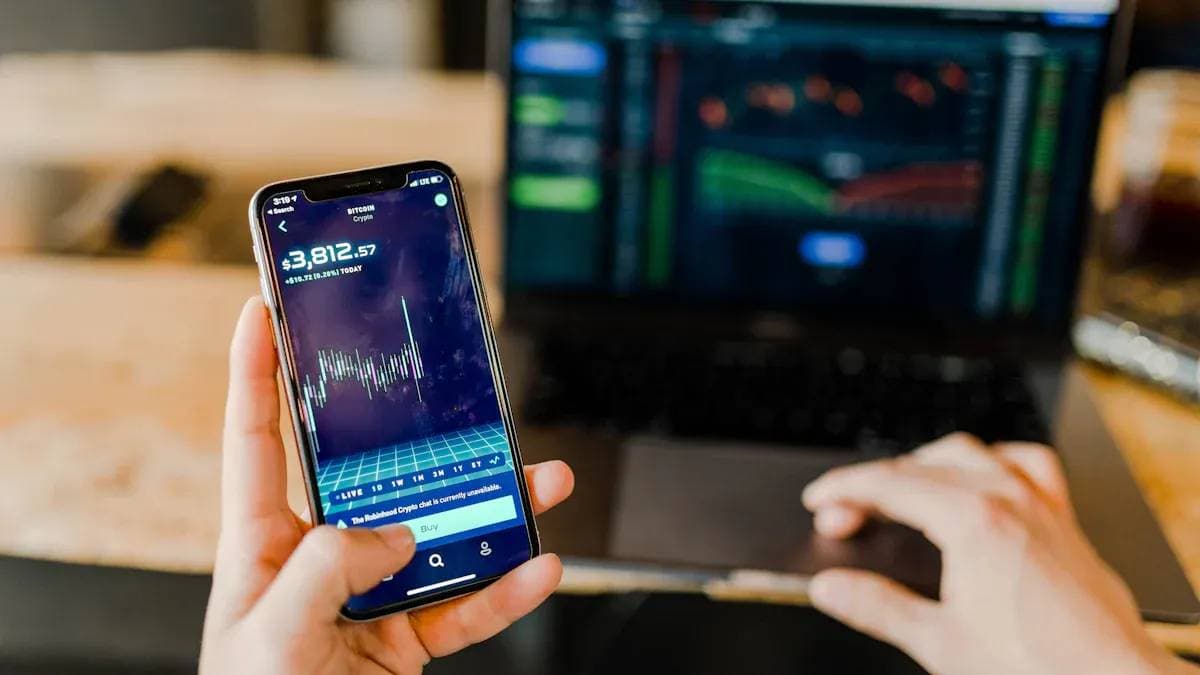

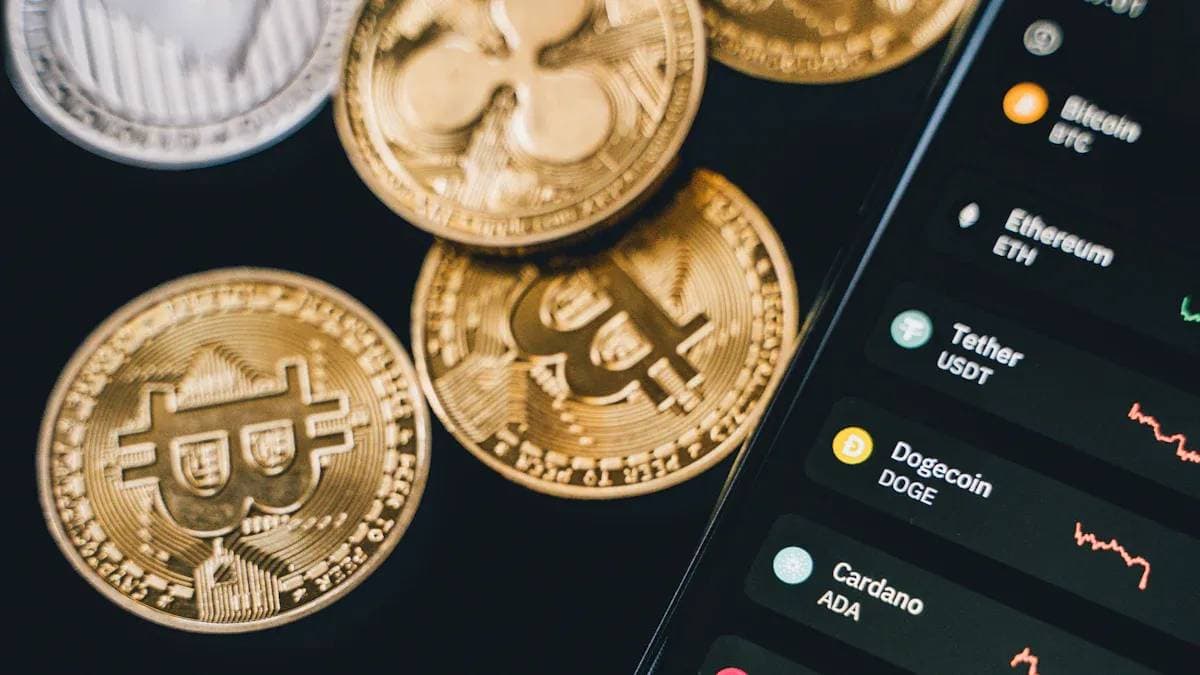
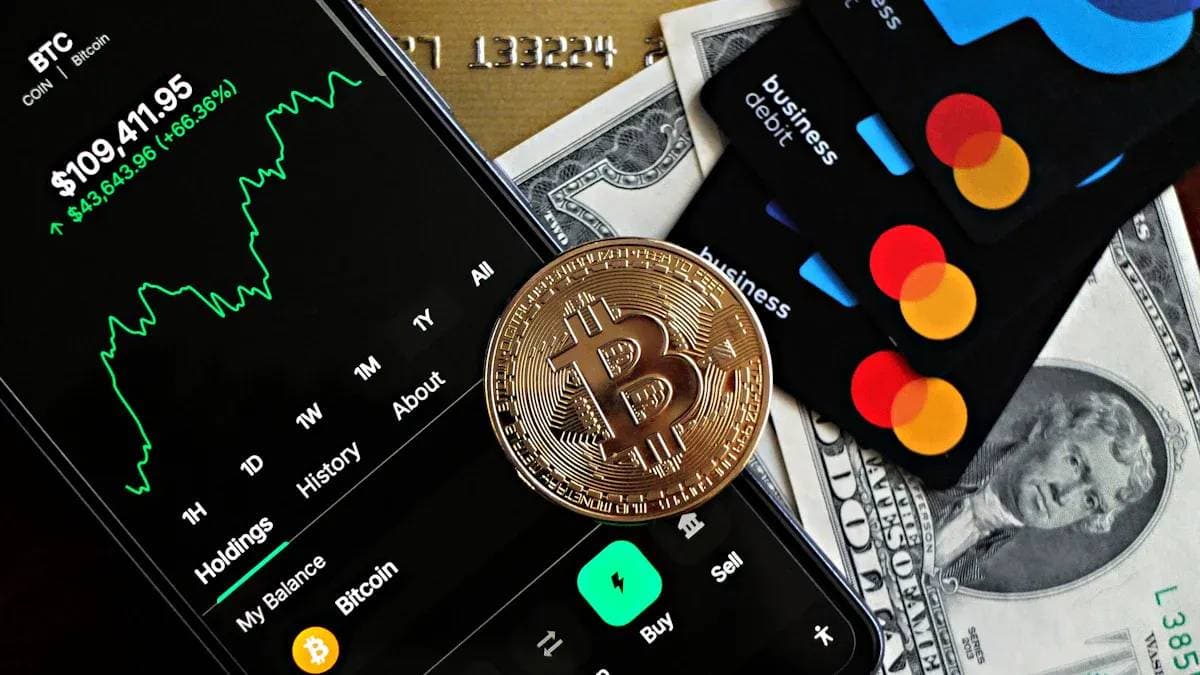
Contact Us
Company and Team
BiyaPay Products
Customer Services
BIYA GLOBAL LLC is a licensed entity registered with the U.S. Securities and Exchange Commission (SEC No.: 802-127417); a certified member of the Financial Industry Regulatory Authority (FINRA) (Central Registration Depository CRD No.: 325027); regulated by the Financial Industry Regulatory Authority (FINRA) and the U.S. Securities and Exchange Commission (SEC).
BIYA GLOBAL LLC is registered with the Financial Crimes Enforcement Network (FinCEN), an agency under the U.S. Department of the Treasury, as a Money Services Business (MSB), with registration number 31000218637349, and regulated by the Financial Crimes Enforcement Network (FinCEN).
BIYA GLOBAL LIMITED is a registered Financial Service Provider (FSP) in New Zealand, with registration number FSP1007221, and is also a registered member of the Financial Services Complaints Limited (FSCL), an independent dispute resolution scheme in New Zealand.




















